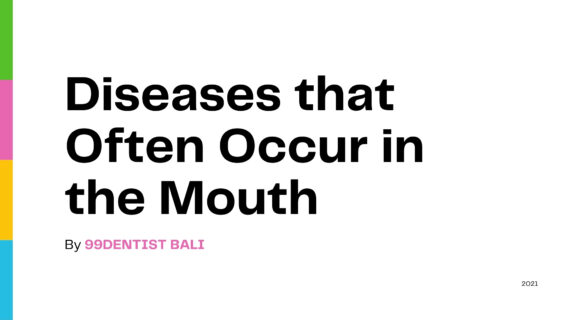Do you constantly worry about bad breath? You’re not alone—halitosis affects nearly 50% of adults at some point. But what causes it, and how can you get rid of it for good?
In this we’ll cover:
✅ The top causes of bad breath (some may surprise you!)
✅ How to test if your breath smells bad
✅ Proven home remedies & medical treatments
✅ When to see a doctor
✅ Long-term prevention tips
By the end, you’ll know exactly how to keep your breath fresh all day, every day!
What Causes Bad Breath? (The Science Behind Halitosis)
Bad breath (halitosis) is usually caused by bacteria in the mouth breaking down food particles and releasing foul-smelling gases. But other factors can make it worse:
1. Poor Oral Hygiene
-
Not brushing/flossing allows bacteria to thrive.
-
Plaque buildup leads to gum disease (gingivitis), a major cause of bad breath.
2. Dry Mouth (Xerostomia)
-
Saliva helps wash away bacteria.
-
Medications, smoking, or dehydration can cause dry mouth.
3. Certain Foods & Drinks
-
Garlic, onions, coffee, and alcohol leave lingering odors.
4. Smoking & Tobacco
-
Tobacco dries the mouth and leaves a stale smell.
5. Medical Conditions
-
Sinus infections, acid reflux (GERD), diabetes, and liver/kidney issues can cause bad breath.
Learn more from the American Dental Association (ADA).
How to Test if You Have Bad Breath
Worried your breath smells? Try these simple tests:
✔ The Wrist Test
Lick your wrist, let it dry for 5 seconds, then smell it.
✔ The Floss Test
Floss between your back teeth, then smell the floss.
✔ The Spoon Test
Scrape the back of your tongue with a spoon, then smell it.
If any of these smell bad, you likely have halitosis.
How to Get Rid of Bad Breath Fast (Proven Remedies)
1. Brush & Floss Properly
-
Brush twice a day (including your tongue!).
-
Use fluoride toothpaste and floss daily.
2. Stay Hydrated
-
Water prevents dry mouth and washes away bacteria.
3. Chew Sugar-Free Gum
-
Stimulates saliva production.
-
Xylitol gum helps kill odor-causing bacteria.
4. Use Mouthwash (The Right Kind!)
-
Avoid alcohol-based mouthwashes (they dry the mouth).
-
Opt for chlorhexidine or CPC-based rinses instead.
Check NIH’s guide on mouthwash effectiveness.
5. Natural Remedies
-
Parsley, cloves, and fennel seeds neutralize odors.
-
Baking soda rinse balances mouth pH.
When to See a Doctor About Bad Breath
If bad breath persists despite good oral hygiene, you may need medical help. See a dentist or doctor if:
???? Bleeding gums (sign of gum disease)
???? White spots on tonsils (could be tonsil stones)
???? Chronic dry mouth
???? Sour/bitter taste (possible acid reflux)
Find a dentist near you via the ADA.
Long-Term Prevention: How to Keep Your Breath Fresh Forever
✔ Regular Dental Checkups
-
Get cleanings every 6 months to remove plaque.
✔ Tongue Scraping
-
Removes bacteria buildup on the tongue.
✔ Probiotics for Oral Health
-
Helps balance good vs. bad mouth bacteria.
✔ Quit Smoking
-
Improves breath & overall health.
Learn about oral probiotics from WebMD.
Myths About Bad Breath Debunked
❌ Myth: Mouthwash Alone Fixes Bad Breath
-
It’s a temporary fix—brushing & flossing are key.
❌ Myth: Only Smokers Get Bad Breath
-
Anyone can get halitosis, even non-smokers.
❌ Myth: Bad Breath Comes Only from the Mouth
-
Stomach issues, sinus infections, and diabetes can also cause it.
Final Thoughts: Fresh Breath for Life
Bad breath is common but totally fixable! By improving oral hygiene, staying hydrated, and addressing underlying issues, you can keep your breath fresh all day.
???? Key Takeaways:
-
Brush, floss, and scrape your tongue daily.
-
Drink water & chew sugar-free gum.
-
See a dentist if bad breath persists.
???? Got a bad breath hack? Share it in the comments!
Liked this post? Share it with someone who needs fresher breath! ????✨





